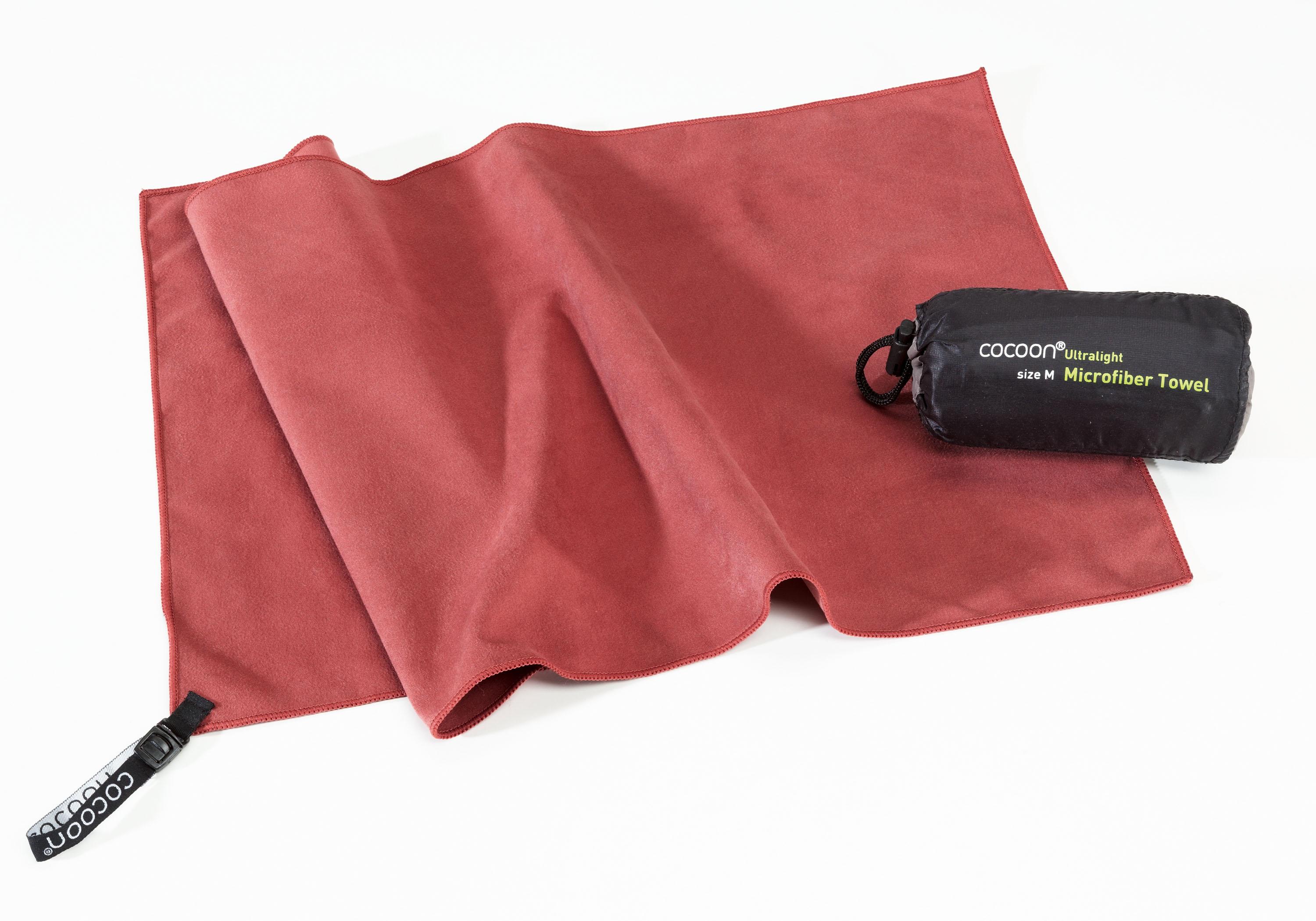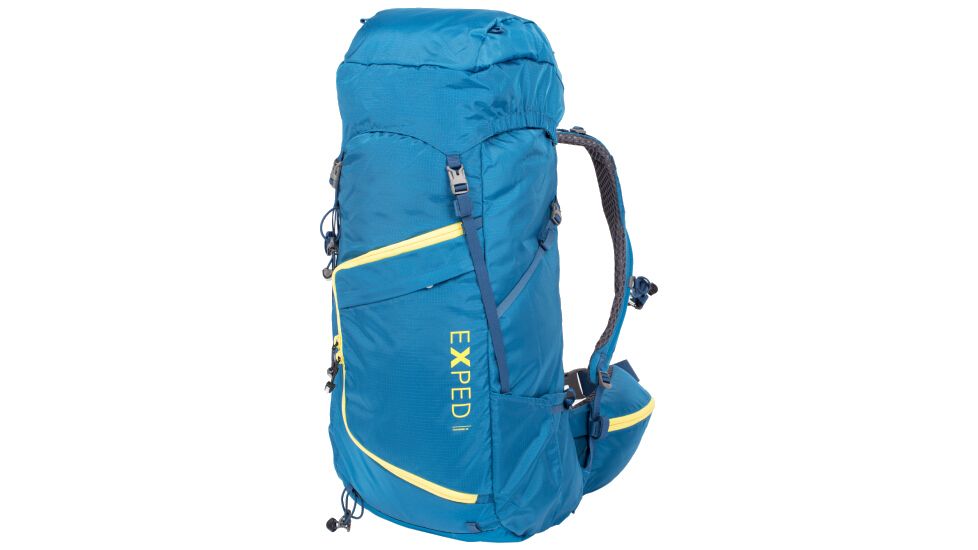

The Polestar expedition offers the chance to earn an exclusive freighter engine customisation new base parts (including a flaming barrel) a unique cape design a mysterious jellyfish companion and much more besides. The Polestar expedition will take players on a cruise across the galaxy in their capital ship, forsaking starship warping and planetary base building in favour of the life of a heavy shipping freighter captain. It began on 27 July 2022, and is planned to end approximately 6 weeks later. "We have not seen any show-stoppers on the medical side or on the engineering side," he said.This page documents the 8th community expedition of No Man's Sky, called Polestar.

More research is needed to assure prolonged stasis is safe, but initial results are promising, Schaffer added. "Rather than being stuck in a can for 180 days, you go to sleep, you wake up and you're there," he said. Schaffer also points to a potential psychological advantage to stasis.ĪNALYSIS: Fusion Rockets: 30 Days to Mars? By staggering the shifts, no one person would be in stasis for more than 14 days at a time and one crewmember would be awake to monitor the ship, conduct science experiments and handle maintenance chores. Simply stopping the flow of coolant will bring a person out of stasis, though the SpaceWorks study included rewarming pads as a backup and to speed up the waking process in case of an emergency.Īn alternative to having the whole crew in stasis is to have one person awake for two to three days, then hibernate for 14 days. Reaching torpor state - between 89 degrees and 93 degrees Fahrenheit - takes about six hours.ĪNALYSIS: Fly Me to the Moon (for $150 Million) The so-called RhinoChill System lowers body temperature about 1 degree Fahrenheit per hour. Cooled from the outside, the body is more susceptible to shivering and possible tissue damage, Schaffer notes. The cooling would be done through an internasal system, which Schaffer admits is "not very comfortable," but inhaling a coolant has several advantages over reducing body temperatures with external cooling pads. The study looked at a two-part system for putting Mars-bound astronauts in stasis and bringing them out. "That's more than one heavy-lift launch vehicle," Schaffer said. Overall, putting a crew in stasis cuts the baseline mission requirements from about 400 tons to about 220 tons. SpaceWorks' study, which was funded by NASA, shows a five-fold reduction in the amount of pressurized volume need for a hibernating crew and a three-fold reduction in the total amount of mass required, including consumables like food and water. One design includes a spinning habitat to provide a low-gravity environment to help offset bone and muscle loss. Crews can live inside smaller ships with fewer amenities like galleys, exercise gear and of course water, food and clothing.

Those are the types of mission flight times we're talking about."ĪNALYSIS: Why Extroverts Could Cause Problems on a Mission to MarsĮconomically, the payoff looks impressive. "For human Mars missions, we need to push that to 90 days, 180 days. "We haven't had the need to keep someone in (therapeutic torpor) for longer than seven days," Schaffer said. So far, the duration of a patient's time in torpor state has been limited to about one week.

"Protocols exist in most major medical centers for inducing therapeutic hypothermia on patients to essentially keep them alive until they can get the kind of treatment that they need."Ĭoupled with intravenous feeding, a crew could be put in hibernation for the transit time to Mars, which under the best-case scenario would take 180 days one-way. "Therapeutic torpor has been around in theory since the 1980s and really since 2003 has been a staple for critical care trauma patients in hospitals," aerospace engineer Mark Schaffer, with SpaceWorks Enterprises in Atlanta, said at the International Astronomical Congress in Toronto this week. Torpor also can occur naturally in cases of hypothermia. The deep sleep, called torpor, would reduce astronauts' metabolic functions with existing medical procedures. A NASA-backed study explores an innovative way to dramatically cut the cost of a human expedition to Mars - put the crew in stasis.


 0 kommentar(er)
0 kommentar(er)
